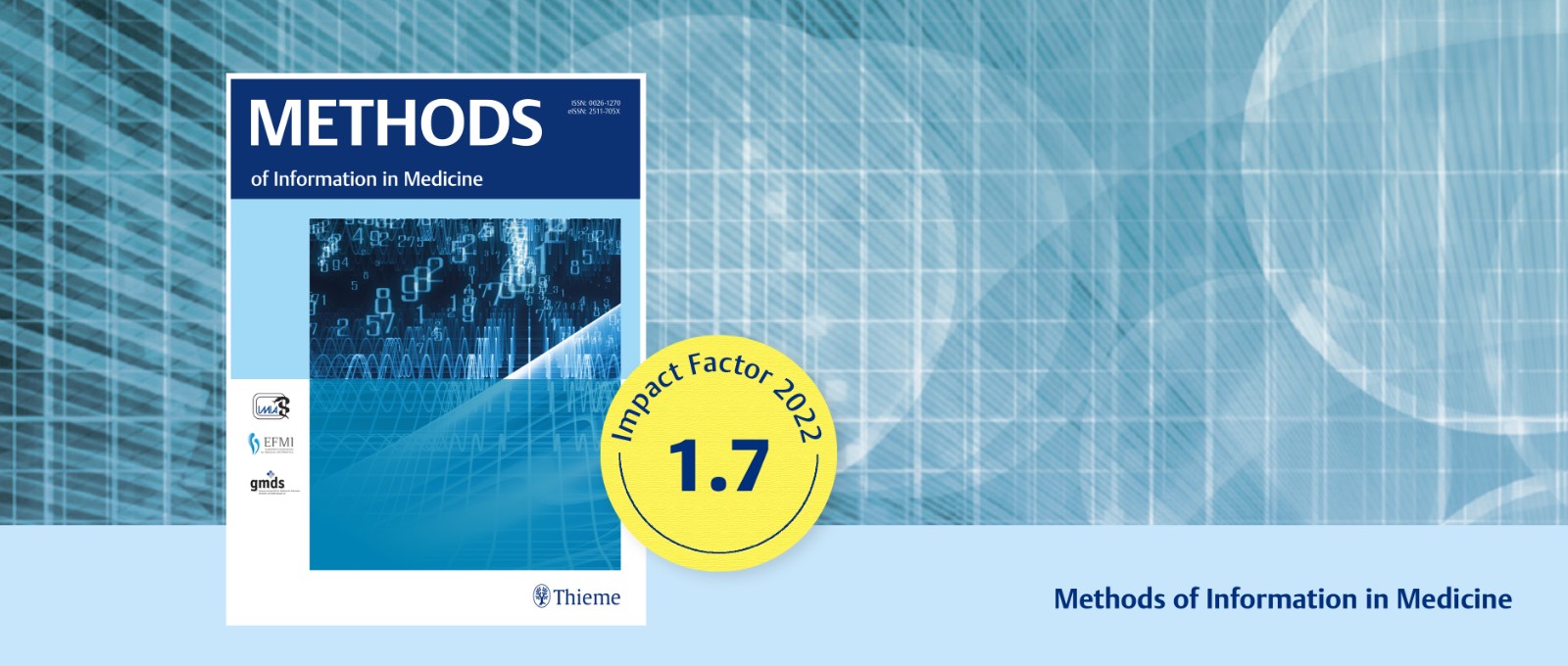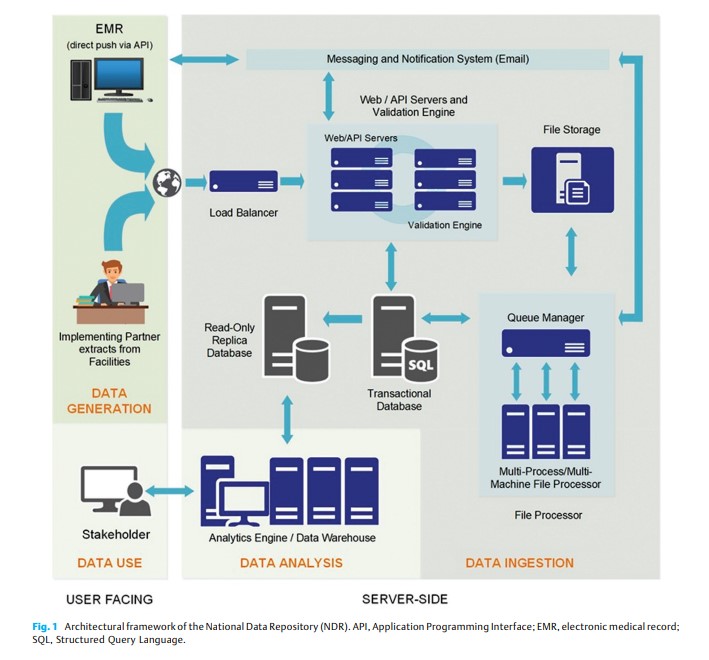

Methods of Information in Medicine是研究人员、专家和从业人员公认的首选资源,是健康信息学领域享有盛誉且久负盛名的期刊。
本刊对信息学和研究的关注确保作者可以瞄准对医疗保健进步感兴趣的相关受众。 凭借其严格的同行评审流程和在信誉良好的数据库中的高知名度,在本刊发表论文可提高在科学界的认可度和影响力。
Spotlight Your Science
Methods of Information in Medicine
Original Article
Dalhatu et al.
Background Timely and reliable data are crucial for clinical, epidemiologic, and program management decision making. Electronic health information systems provide platforms for managing large longitudinal patient records. Nigeria implemented the National Data Repository (NDR) to create a central data warehouse of all people living with human immunodeficiency virus (PLHIV) while providing useful functionalities to aid decision making at different levels of program implementation.
Objective We describe the Nigeria NDR and its development process, including its use for surveillance, research, and national HIV program monitoring toward achieving HIV epidemic control.
Methods Stakeholder engagement meetings were held in 2013 to gather information on data elements and vocabulary standards for reporting patient-level information, technical infrastructure, human capacity requirements, and information flow. Findings from these meetings guided the development of the NDR. An implementation guide provided common terminologies and data reporting structures for data exchange between the NDR and the electronic medical record (EMR) systems. Data from the EMR were encoded in extensible markup language and sent to the NDR over secure hypertext transfer protocol after going through a series of validation processes.
Results By June 30, 2021, the NDR had up-to-date records of 1,477,064 (94.4%) patients receiving HIV treatment across 1,985 health facilities, of which 1,266,512 (85.7%) patient records had fingerprint template data to support unique patient identification and record linkage to prevent registration of the same patient under different identities. Data from the NDR was used to support HIV program monitoring, case-based surveillance and production of products like the monthly lists of patients who have treatment interruptions and dashboards for monitoring HIV test and start.
Conclusion The NDR enabled the availability of reliable and timely data for surveillance, research, and HIV program monitoring to guide program improvements to accelerate progress toward epidemic control.

